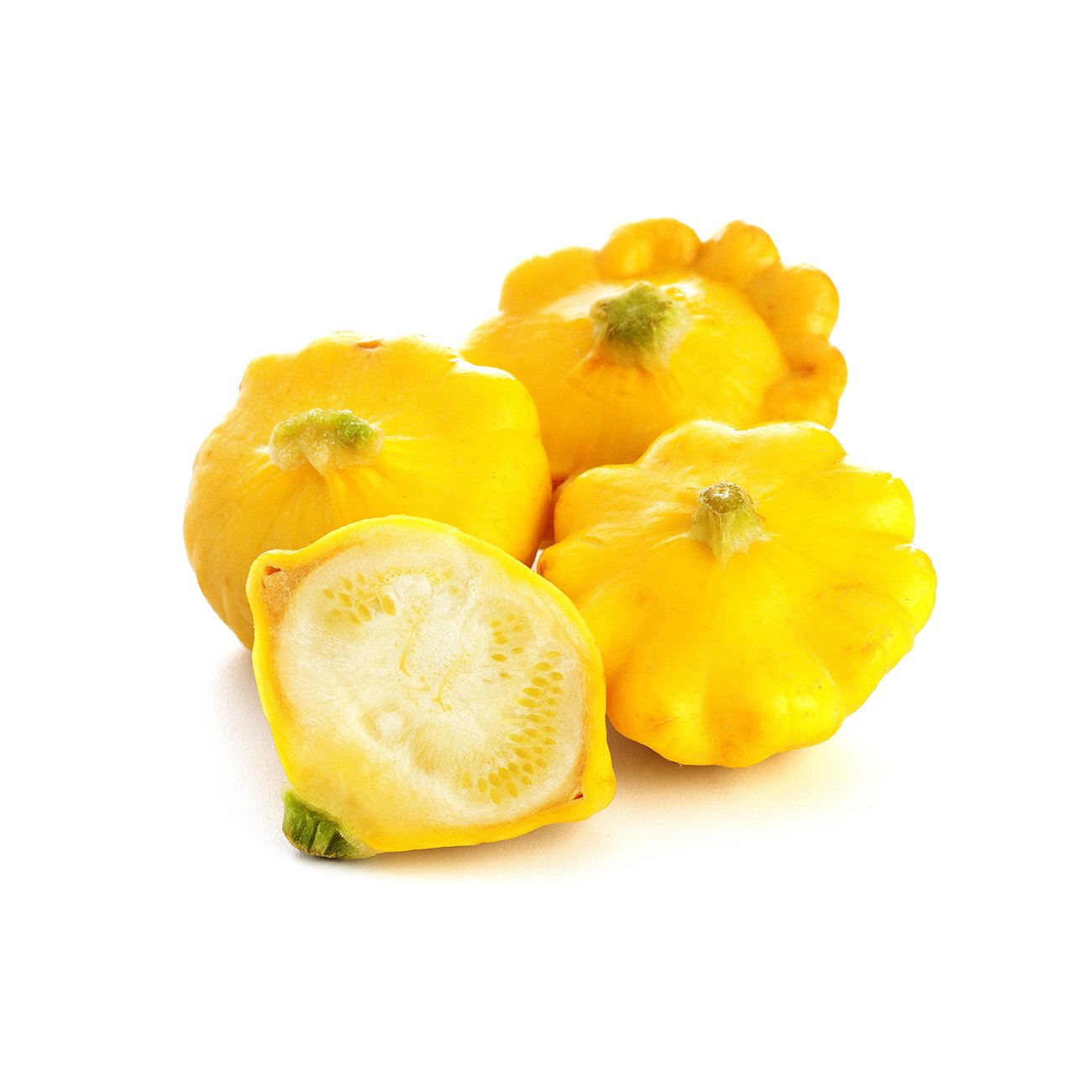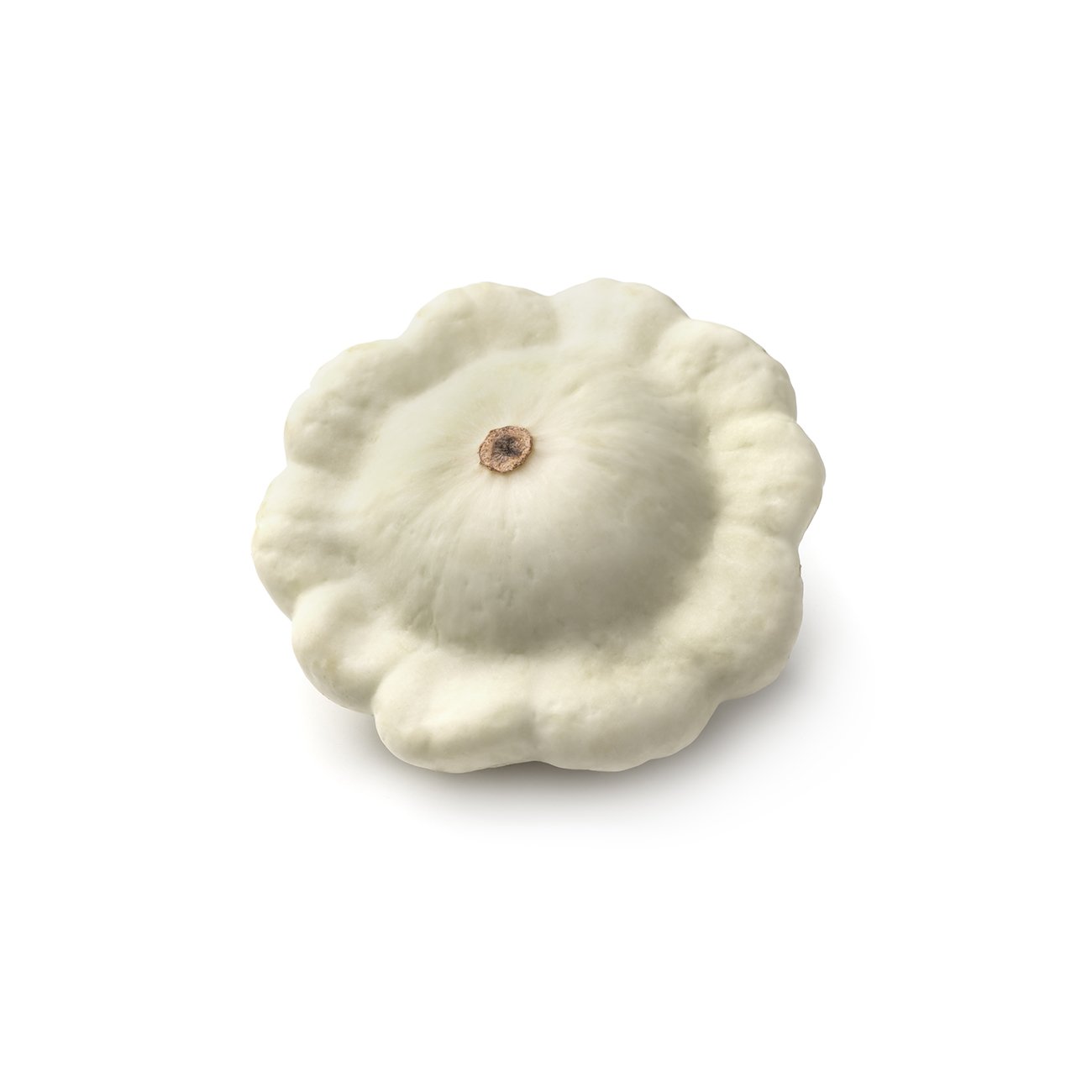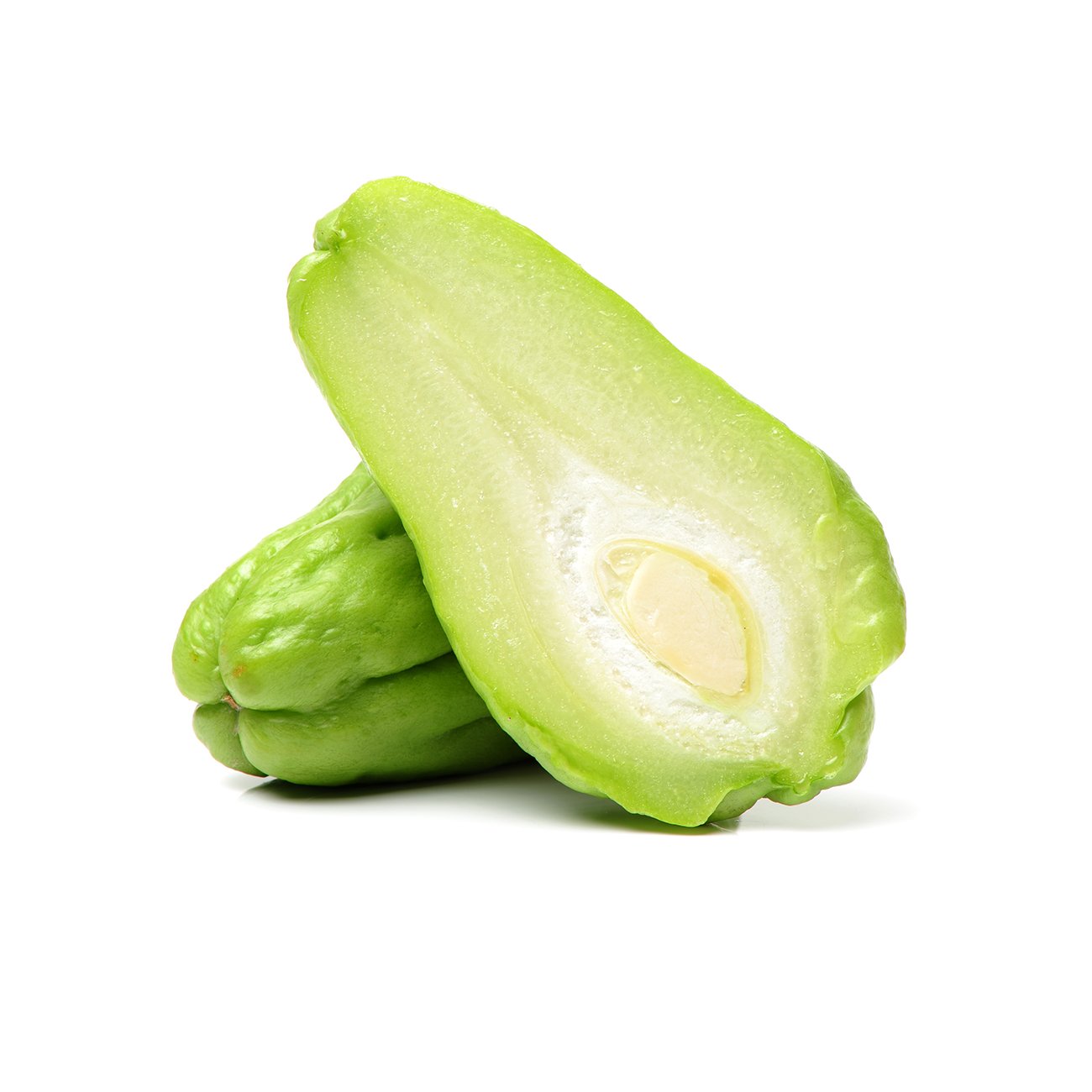Eggplant typically has a smooth, shiny, deep purple skin with a creamy white interior. Many small light brown seeds are dispersed through the flesh. It has a mild taste and is typically cooked with stronger flavours. There are also light purple, white, orange, green and green-yellow 'banana' eggplants. Size and shapes also vary from large and pear shaped to the size of a marble.
-
Harvesting
Generally eggplant fruit are harvested immature before seeds begin to significantly enlarge and harden. They become pithy and bitter as they reach an over-mature condition. Standard quality is primarily based on uniform egg to globular shape, firmness and a dark purple skin color. Additional quality indices are size, freedom from growth or handling defects, freedom from decay and a fresh green calyx.Postharvest storage temperature
Optimum storage is 10–12°C. Storage of eggplant is generally less than 14 days. Eggplant fruit are chilling sensitive at temperatures below 10°C. Consequences of chilling injury are pitting, surface bronzing, and browning of seeds and pulp tissue. Freezing injury will be initiated at -0.8°C depending on the soluble solids content. Symptoms include a water-soaked pulp becoming brown and desiccated in appearance over time. Rapid cooling, primarily to reduce water loss, soon after harvest is essential for optimal postharvest keeping quality.Controlled atmosphere storage
Controlled or modified atmosphere storage offers little benefit to eggplant quality maintenance. Low O2 levels (3–5%) delay deterioration and the onset of decay by a few days. Eggplant tolerates up to 10% CO2 but storage life is not extended beyond the benefit of reduced levels of O2.Ethylene sensitivity
Controlled or modified atmosphere storage offers little benefit to eggplant quality maintenance. Low O2 levels (3–5%) delay deterioration and the onset of decay by a few days. Eggplant tolerates up to 10% CO2 but storage life is not extended beyond the benefit of reduced levels of O2.Humidity storage
Fruit should be stored at 90–95% relative humidity. Visible signs of water loss are reduction of surface sheen, skin wrinkling, spongy flesh and browning of the caylx. Various forms of packaging can be used to reduce water loss.Disease & infection
Diseases are an important source of postharvest loss, particularly in combination with chilling stress. Common fungal pathogens are black mould rot, grey mould rot, hairy rot and phomopsis rot. -
Remove stem before use or cut, salt and rinse (optional). Store at room temperature, out of sun and away from melons and bananas.

You might also like
Veggy tip
If baking whole, pierce the eggplant several times with a fork to make small holes for the steam to escape. If salting, rinse thoroughly before cooking. Avoid peeling to retain fibre and nutrients.




